RESOURCE HUB
Empowering Organizational Triumph with Apstax Solutions
At Apstax, we catalyze success by seamlessly integrating cutting-edge solutions, fostering innovation, and propelling your organization towards unprecedented heights. Your triumph is our commitment
Categories
News & Articles
Embarking on the Agile journey is a profound commitment to continuous improvement in software development. Guided by four foundational values—prioritizing individuals and interactions, working solutions, customer collaboration, and responding to change—Agile represents more than a methodology; it's a transformative mindset…
In the ever-evolving landscape of business, adaptability is not just an advantage but a necessity. Traditional project management approaches, while once stalwarts of efficiency, often fall short in the face of today's dynamic and fast-paced business environments.
In the ever-evolving landscape of business, adaptability is not just an advantage but a necessity. Traditional project management approaches, while once stalwarts of efficiency, often fall short in the face of today's dynamic and fast-paced business environments.
Delve deeper into Agile methodologies, explore popular frameworks like Scrum and Kanban, and understand how organizations are embracing Agile transformations to stay ahead in the competitive race.
Understanding the core tenets of these Agile frameworks is the first step. In the next posts, we'll delve deeper into each, providing practical insights and real-world examples. Whether you're sprinting with Scrum, flowing with Kanban, or pushing the extremes with XP, the goal remains the same — delivering value with agility.
Agile methodologies thrive on collaborative and cross-functional teams. Setting up Agile teams involves understanding the roles, structures, and best practices that contribute to successful Agile implementation.
Agile methodologies are characterized by specific ceremonies and artifacts that foster collaboration, transparency, and iterative progress.
Embarking on an Agile transformation journey requires a thoughtful and strategic approach. Here's a comprehensive guide to implementing Agile in your organization.
In the realm of Agile, the journey is as crucial as the destination. Here's a deep dive into the principles of continuous improvement, ensuring your Agile practices evolve and adapt seamlessly.
Agile 101
In the ever-evolving landscape of business, adaptability is not just an advantage but a necessity. Traditional project management approaches, while once stalwarts of efficiency, often fall short in the face of today's dynamic and fast-paced business environments.
Delve deeper into Agile methodologies, explore popular frameworks like Scrum and Kanban, and understand how organizations are embracing Agile transformations to stay ahead in the competitive race.
Understanding the core tenets of these Agile frameworks is the first step. In the next posts, we'll delve deeper into each, providing practical insights and real-world examples. Whether you're sprinting with Scrum, flowing with Kanban, or pushing the extremes with XP, the goal remains the same — delivering value with agility.
Agile methodologies thrive on collaborative and cross-functional teams. Setting up Agile teams involves understanding the roles, structures, and best practices that contribute to successful Agile implementation.
Agile methodologies are characterized by specific ceremonies and artifacts that foster collaboration, transparency, and iterative progress.
Embarking on an Agile transformation journey requires a thoughtful and strategic approach. Here's a comprehensive guide to implementing Agile in your organization.
In the realm of Agile, the journey is as crucial as the destination. Here's a deep dive into the principles of continuous improvement, ensuring your Agile practices evolve and adapt seamlessly.










